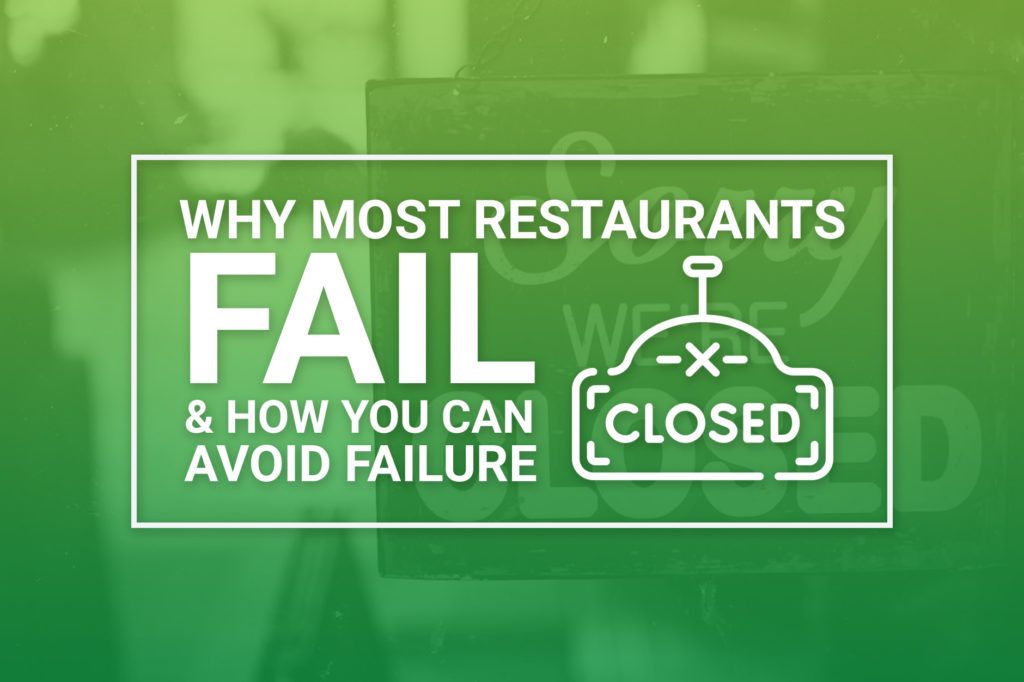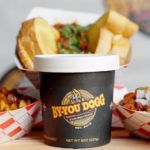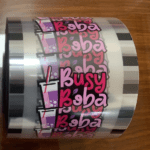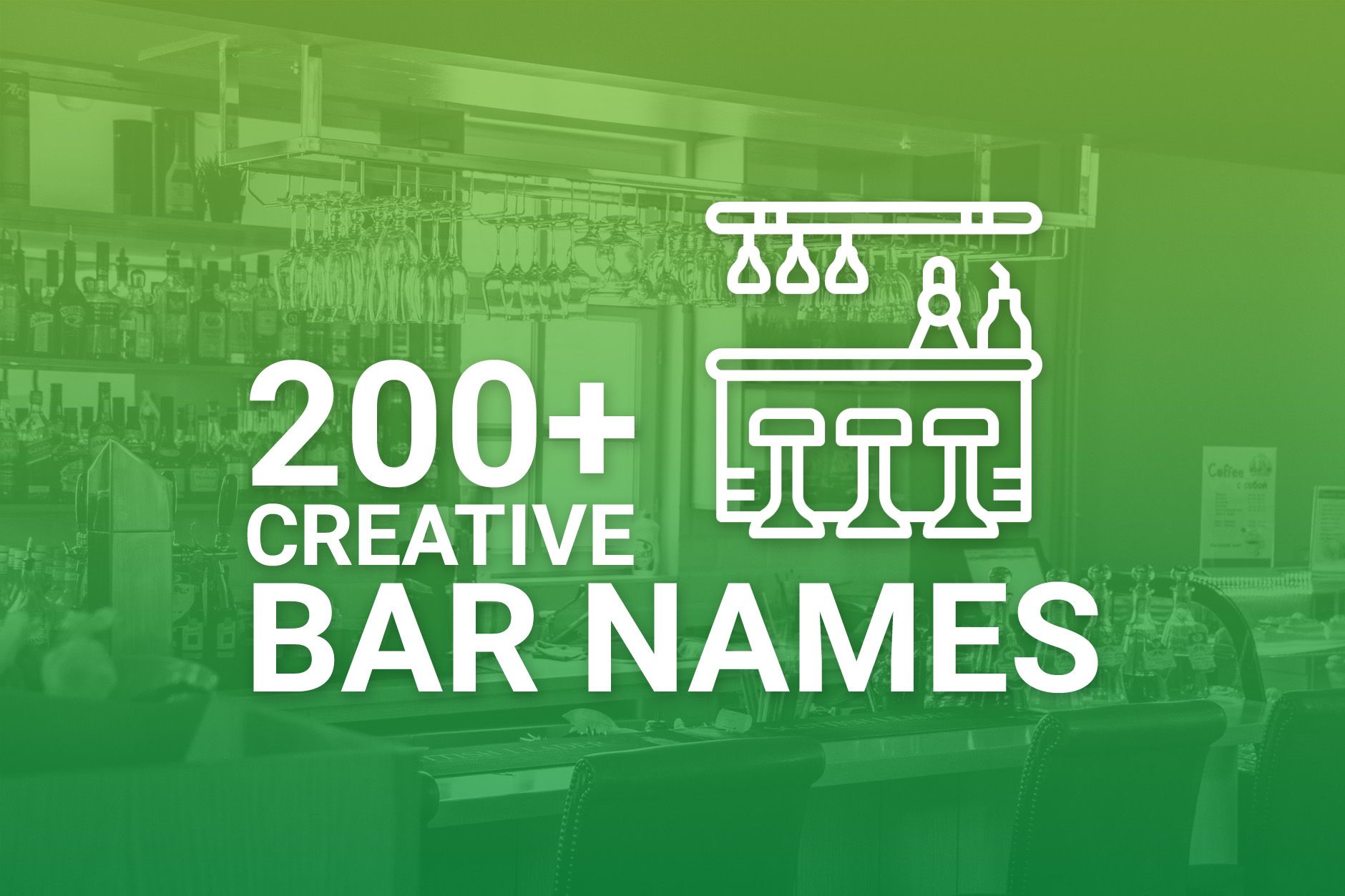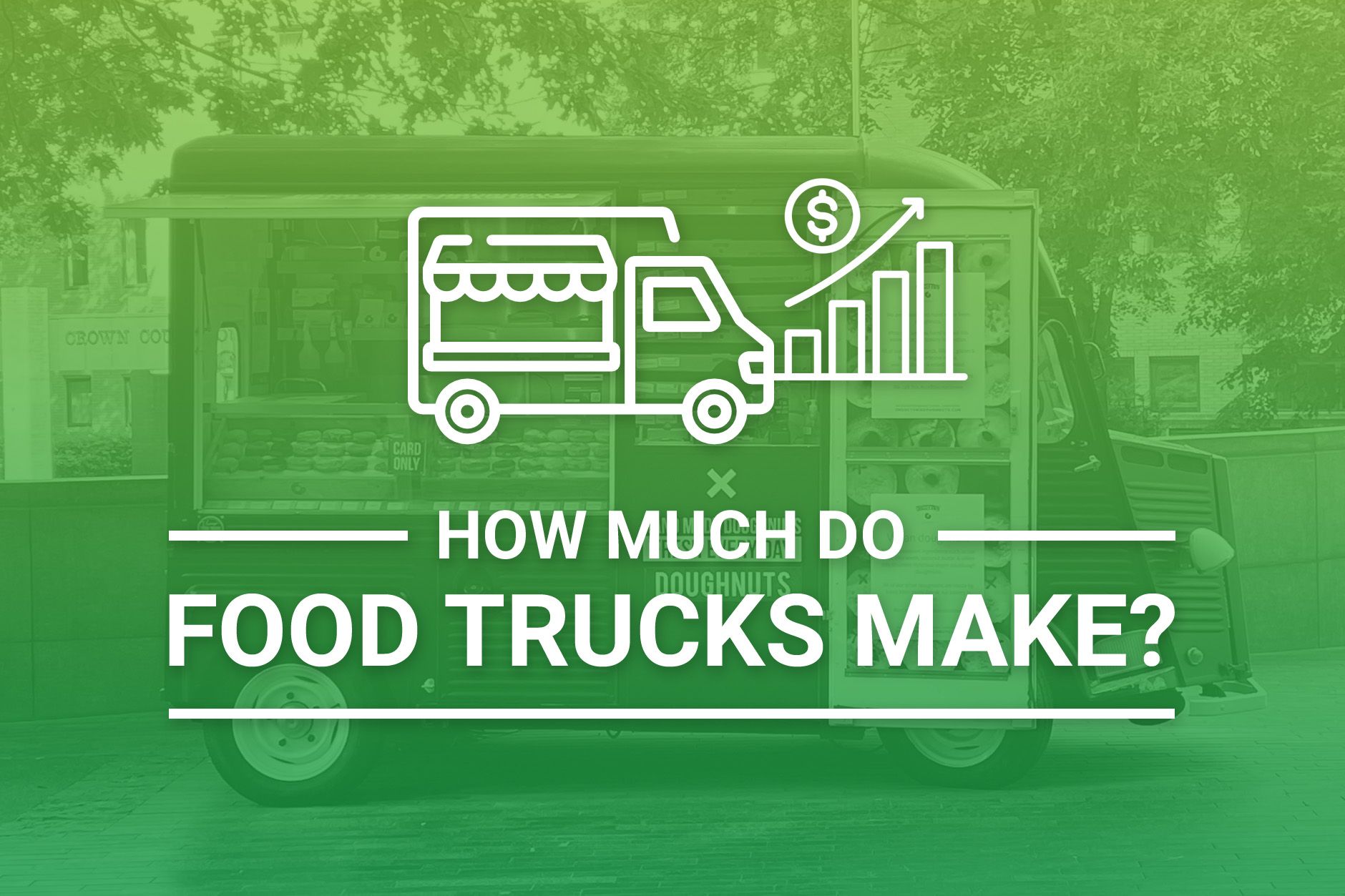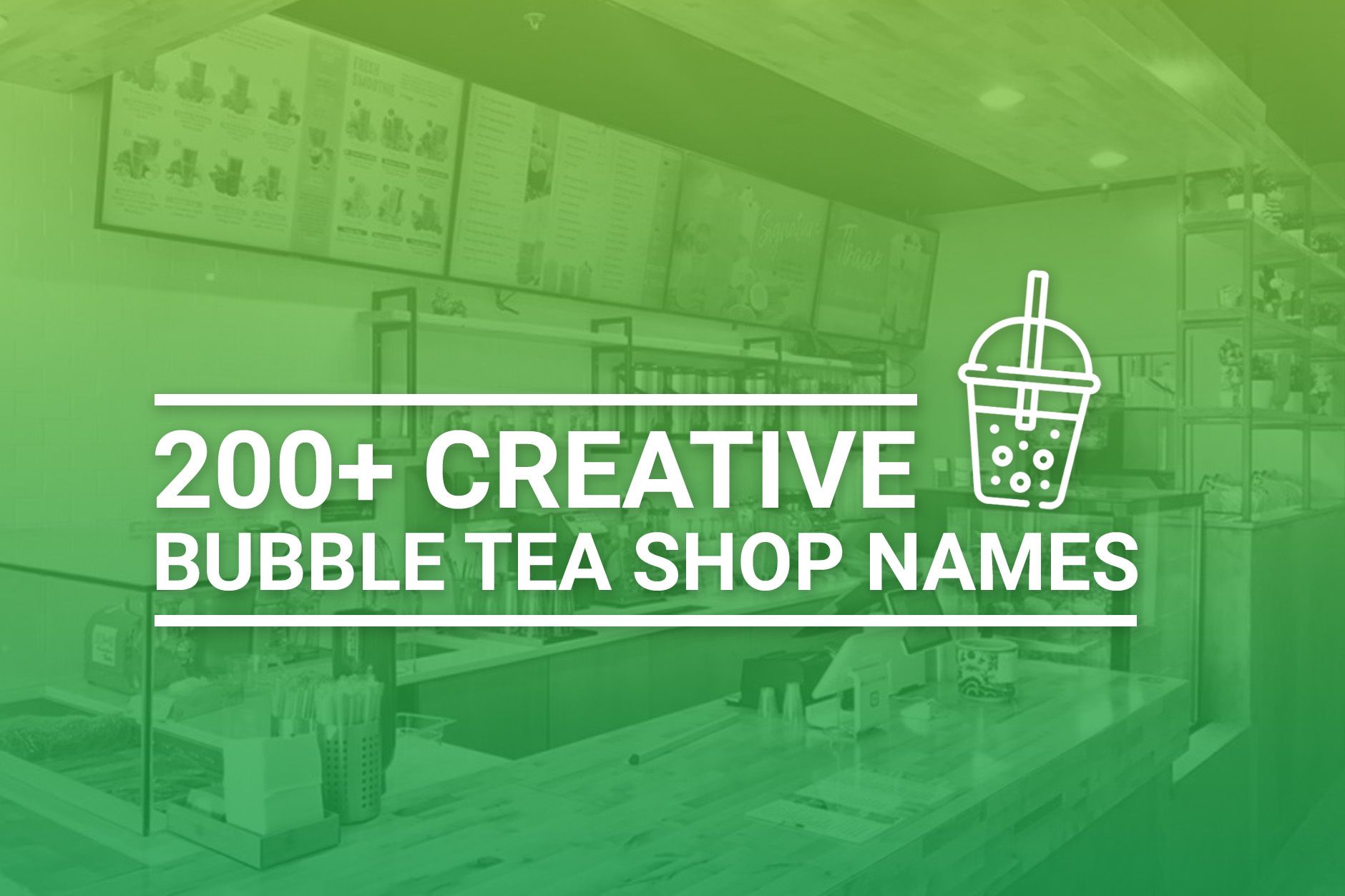If you’ve been involved in the food service industry at any level, you know how hard it can be for a restaurant to succeed. In fact, the National Restaurant Association estimates that 30% – or 1 in 3 – restaurants fail within the first year. Why do so many restaurants have a hard time making it work?There are many reasons why restaurants fail, from poor economic conditions to bad staff management to a failure to invest in marketing. While some of these factors – like a global pandemic or inflation – are outside of the control of the average restaurant owner, others can be avoided with smart planning. Understanding the most common reasons why restaurants fail can help you avoid the same fate and ensure that your restaurant stays open and profitable.
Budget Branders works with independently owned restaurants to help them with one key aspect of their success: marketing. With our high-quality branded cups, bowls, sealing film, and bags, you can expand your advertising efforts with minimal added cost. Reach out today to request a quote on our full line of custom-printed disposable products.
Common Mistakes That Lead to Restaurant Failure
The statistics on restaurant failure can be scary, even though they are often unsubstantiated and lack solid data. However, there has been a lot of research on why restaurants fail. Examining them can help you plan better and hopefully avoid having to close your own restaurant.Below, we outline some of the most common reasons that restaurants fail. While not every reason is within your control, there are still steps that you can take to reduce the risk that your restaurant will go under, whether you’re just starting out or have an established business.
Poor Economic Conditions
This first factor is a big one – and it is completely outside of a restaurant owner’s control. When times are tough, the first thing that most people cut back on are little luxuries. Many people tighten their proverbial belts by choosing to cook and eat at home rather than going out to restaurants. This can lead to a sharp downturn in business – and restaurant failure.In addition, inflation may force restaurants to raise their prices. This often leads to customers choosing to not eat out given the higher prices. At the same time, when certain ingredients are overly expensive or cost prohibitive (such as eggs), restaurant owners may have to change their menus. Patrons who are used to greater availability and more options might opt against eating at a restaurant as a result.
Bad Staff Management
Many restaurant owners get into the business because they love food and enjoy connecting with others who are also into food. But even the most talented chef or most inspired entrepreneur still has to understand the fundamentals of business and management. When your employees are poorly managed, it may lead to a bad customer experience – such as not having enough servers to get patrons their food on time. It may also cause issues with staff retention, leaving you in a cycle of constantly having to hire and train new employees.
Too Much Competition
No matter how great your food and service may be, if there are 10 restaurants in town that also offer great food and service, then it may be difficult to keep your doors open. This is particularly true if your restaurant offers the same type of food or experience that your competition does. For example, if you want to open an Italian restaurant in a community that already has 5 to 10 established Italian restaurants, it may be hard to set yourself apart.
An Undefined Restaurant Concept
Having a good restaurant concept is critical to your success. If your concept is a copycat of another establishment or is otherwise poorly defined, then it may spell trouble. Customers want to know what to expect, and they want a cohesive concept. If your restaurant theme is muddled, it may affect your profitability.
Lack of Capital
Launching a restaurant can be incredibly expensive. It may cost anywhere from $175,000 to over $750,000 to start your own restaurant. If you are poorly capitalized, then you may have trouble meeting expenses as they arise – which can lead to failure.Restaurants often run on tight margins, which means that unexpected costs (such as a refrigerator that fails) can be challenging. A lack of capital – including a reserve to cover emergencies – is often associated with failure.
Inexperienced Owners
A lack of experience is often a key reason why restaurants fail. This may be attributed to inexperience with business or management – or inexperience in the restaurant industry. Restaurant owners who are lacking in one or more of these aspects and who fail to bring on managers with the right experience may find that their business fails.
Failure to Invest in Marketing
Marketing is critical to the success of any business. While there are stories of restaurants that thrived based on word of mouth, these situations are the exceptions rather than the rule. If you don’t invest in both traditional and digital advertising, then your restaurant will likely struggle.
Inability to Adapt to Changing Conditions
If the past few years taught us anything, it’s to expect the unexpected. COVID-19 lockdowns, soaring prices, and other issues have created unprecedented challenges for the restaurant industry. The restaurants that couldn’t – or wouldn’t – adapt to these conditions often failed as a result.The ability to adapt does not just apply to things like pandemics. You should also adapt to changing times generally. This doesn’t mean that you should chase every trend, but you should stay on top of what is important to customers (like having an allergen-friendly menu or offering online ordering) and make changes as necessary.
How to Avoid Failure as a Restaurant Owner
The single best way to avoid failure as a restaurant owner is to create a smart business plan that leaves plenty of room for the unexpected. This should involve doing a number of things, such as:
- Finding sufficient capital for start-up costs as well as ongoing and unexpected expenses (to avoid failure due to a lack of capital)
- Researching the market, including the competition (to avoid failure due to too much competition)
- Budgeting for advertising (to avoid failure due to lack of marketing)
- Bringing on managers and other professionals to ensure that you have all of your bases covered (to avoid failure due to poor staff management or inexperience)
- Creating a smart, well-defined concept (to avoid failure based on an undefined restaurant concept).
Taking these steps can help minimize the risk of restaurant failure, particularly within the first year or two of operations. At the same time, you will need to stay nimble, and ready to adapt to changing conditions. For example, if the government closes down in-person dining, you should have a plan to stay open through outdoor seating or takeout services. If the price of ingredients goes up, you should be able to adapt by changing up your menu or raising prices (with an explanation to customers as to why you are making these changes).
While many factors that lead to restaurant failure are outside of your control, there are steps that you can take to reduce the possibility of this happening. Most importantly, you will need to be a savvy businessperson who closely tracks sales, profits and losses, customer satisfaction, and other metrics. This will allow you to spot and address issues before they become the type of problem that could sink your business.
How Budget Branders Can Help
Owning a restaurant can be profitable – and the fulfillment of a lifelong dream. Yet it can also be incredibly demanding, requiring long hours and near-constant stress to manage staff, inventory, customers, bills, and more. Careful planning can help to reduce the potential of your restaurant failing, whether in the first year or the tenth year of business.At Budget Branders, we are small business owners who have firsthand experience with the challenges of being entrepreneurs. Our goal is to help fellow business owners succeed through effective marketing with custom-printed disposable products. With our products, you can boost your marketing reach for pennies on the dollar.
To learn more or request a quote, reach out today by filling out our online contact form or hitting the live chat button on the bottom right of your screen.
